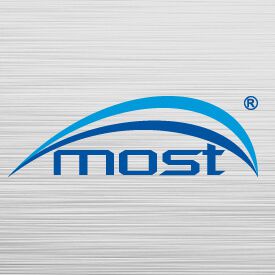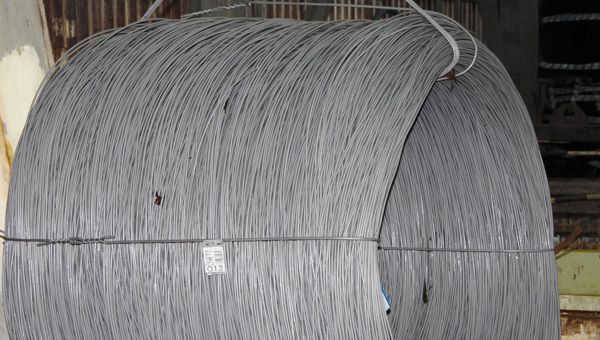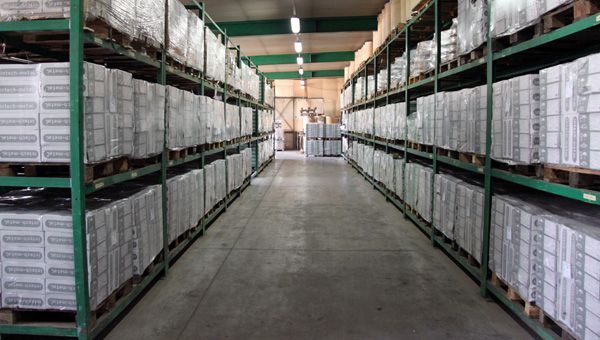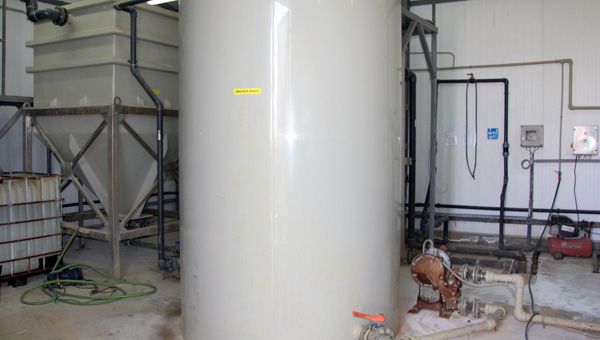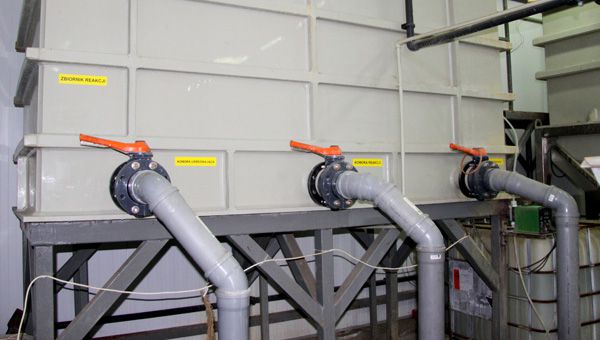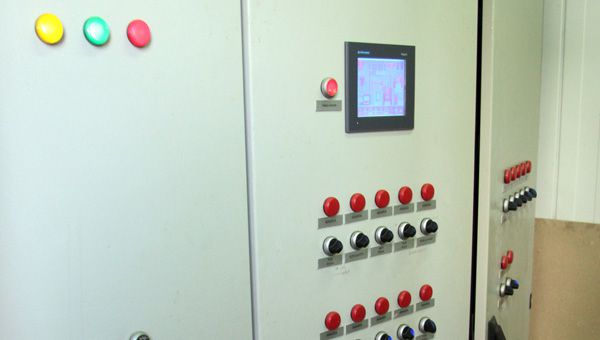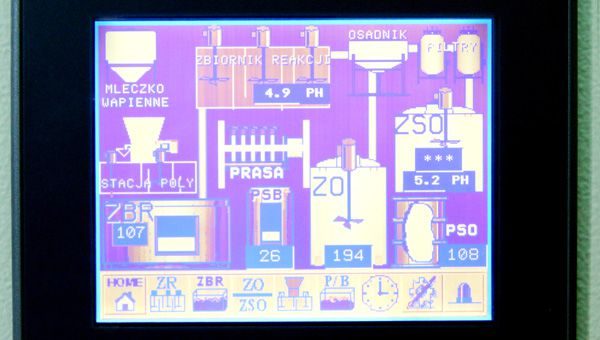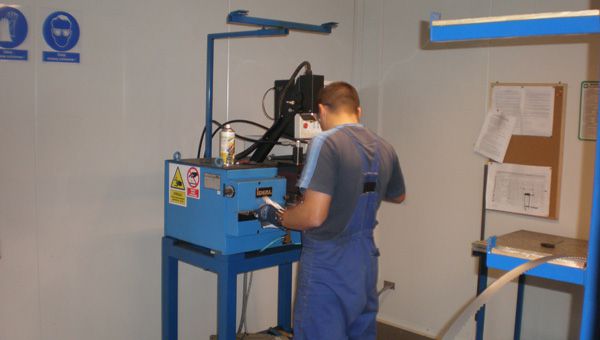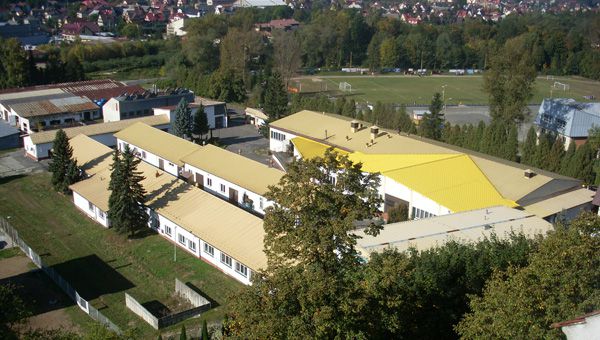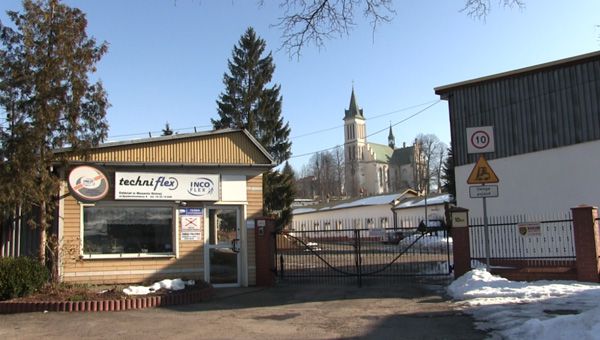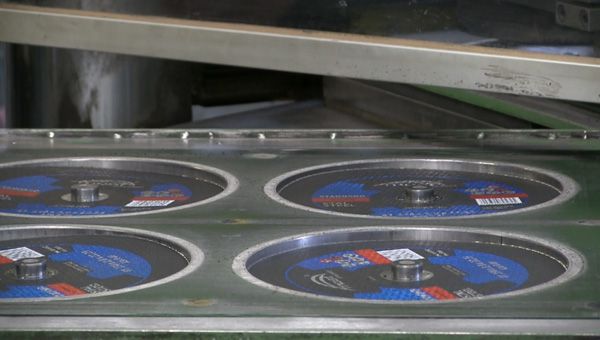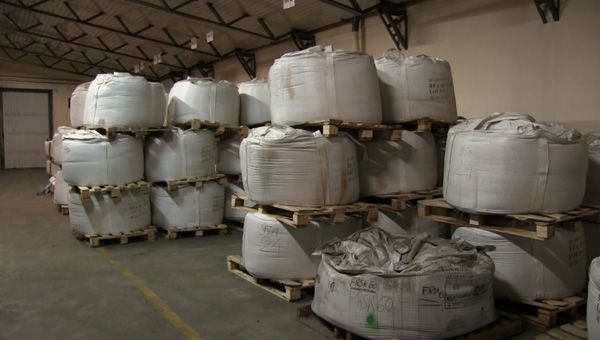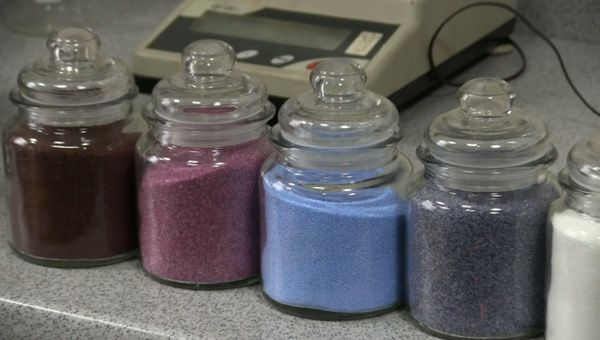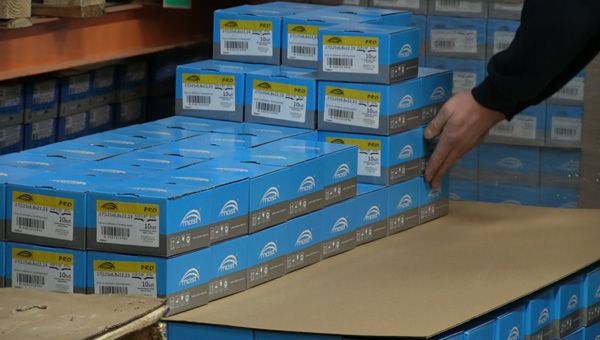How employee protection impacts productivity
Always bare in mind that hand injuries during welding works do impact both employees health and industrial business operation. A higher number of employee injuries is a higher number of absences at work, which results in a decrease in productivity while decreasing the quality of manufactured goods. Often the employee after injury in the workplace will not get back to the same high effectiveness at work. This is influenced by, among other things, the mental state.
It should be noted that it is not only the appropriate protection that matters. The comfort of work is also important. An employee who does not have to pay attention to the external factors that may impede his work becomes more effective and accurate. He devotes more time to his duties.
Adequate hand protection affects:
- workers' health (mental and physical),
- increases effectiveness,
- improves quality of work.
Welding gloves protect hands and wrists against:
- splashes of molten metals (fine and coarse),
- impact of hot surfaces and metals,
- UV radiation from the welding arc.
Gloves made of cow skin, pigskin or goat leather provide adequate protection. It is required to cover the glove with non-flammable threads.
In order to properly prepare the employee for welding work, it is worth paying attention to both the level of protection and comfort of use. Application is marked on the gloves.
Glove marking
The general requirements for gloves are set out in Directive 89/686/EEC.
On the basis of this standard, gloves have been divided into the category:
Category I
- recommended for work with a small risk of danger,
- CE marked
Category II
- recommended for use in medium risk level,
- used in an industrial environment,
- certified and tested by a notified laboratory giving the right to mark the product with the CE mark,
- CE marked
- marked with special pictograms referring to a specific protection property and determining its level.
Category III
- recommended for high risk of injury or life threat,
- they are supervised during the whole process of production before being released for use
- CE marked
- CE certificate issued by appropriately designated authorities.
Specifications set the standards of gloves:
- EN 420 - General requirements for gloves – category I
- EN 388 - Protection against mechanical risks
|
Property / Effectiveness |
1 |
2 |
3 |
4 |
5 |
|
A: Resistance to abrasion (number of cycles) |
100 |
500 |
2000 |
8000 |
- |
|
B: Cut resistance (factor) |
1.2 |
2.5 |
5 |
10 |
20 |
|
C: Tear strength (N) |
10 |
25 |
50 |
75 |
- |
|
D: Puncture resistance (N) |
20 |
60 |
100 |
150 |
- |
Table 1 – on the basis of EN 388 standards
- EN 407- Protection against thermal hazards
|
Level: |
1 |
2 |
3 |
4 |
|
Resistance to ignition (after-burn time) |
≤ 20 s no requirements |
≤ 10 s ≤ 120 s |
≤ 3 s ≤ 25 s |
≤ 2 s ≤ 5 s |
|
Contact heat resistance (temperature and time) |
100°C ≥15 s |
250°C ≥15 s |
350°C ≥15 s |
500°C ≥15 s |
|
Convective heat protection (gradual penetration) |
≥ 4 s |
≥ 7 s |
≥ 10 s |
≥ 18 s |
|
Radiant heat resistance (thermal transmission) |
≥ 7 s |
≥ 20 s |
≥ 50 s |
≥ 95 s |
|
Resistance to small splashes of molten metal |
≥ 10 s |
≥ 15 s |
≥ 25 s |
≥ 35 s |
|
Resistance to large splashes of molten metal (large drops of iron) |
30 g |
60 g |
120 g |
200 g |
Table 2- on the basis of EN 407 standards.
* The "X" mark means that the glove is not intended for protection against these factors and has not been tested.
- EN 12477 - Protective gloves intended for welders
On the basis of EN 12477, we can divide welding gloves taking into account protection and dexterity criteria:
- gloves type B – recommended for TIG welding (non-oxygen tungsten electrode in the shield of inert gases), where high dexterity is required, protective properties are met, but at a lower level than in gloves type A,
- gloves type A – recommended for other welding methods (MIG / MAG, MMA), they are distinguished by higher protective properties compared to gloves type B
The glove can meet the requirements of either type A or B.
Fig. 1 Glove marking
The glove's markings should are located on the glove, packaging and instruction manual. The label should contain following details:
- manufacturer's or distributor's name,
- model’s name,
- size,
- pictograms,
- CE mark and category.
In addition, the instructions provide explanations about the pictograms concerning individual types along with information on protection levels.
New products in offer meet all the standardization requirements on welding gloves:
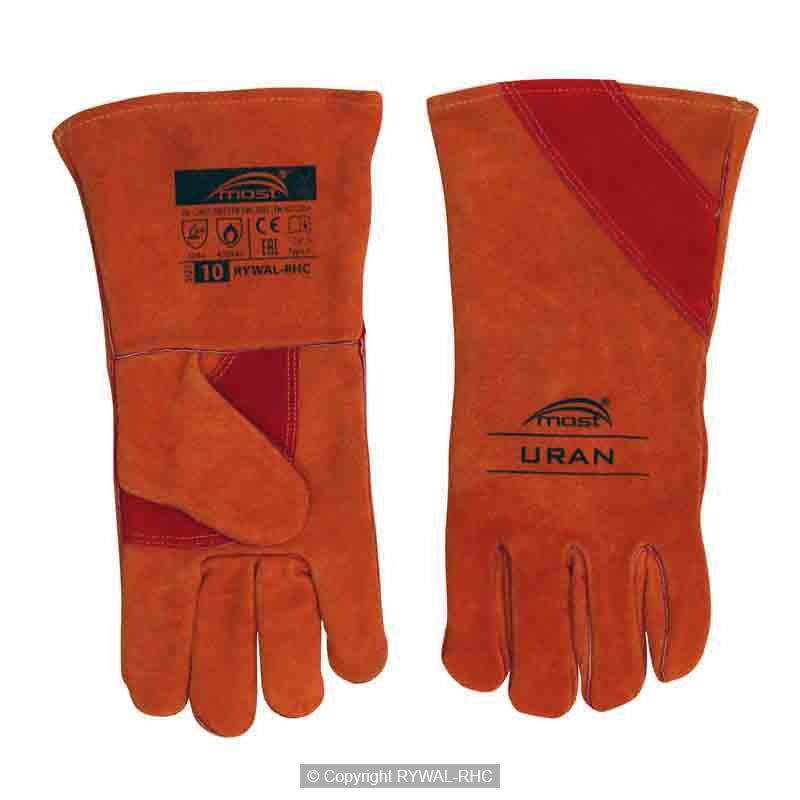 |
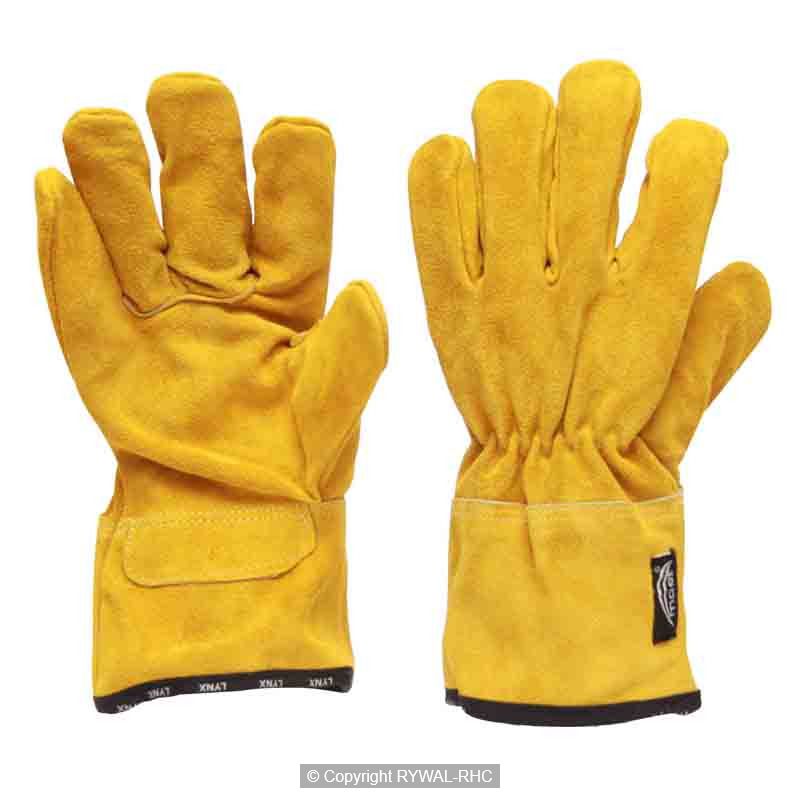 |
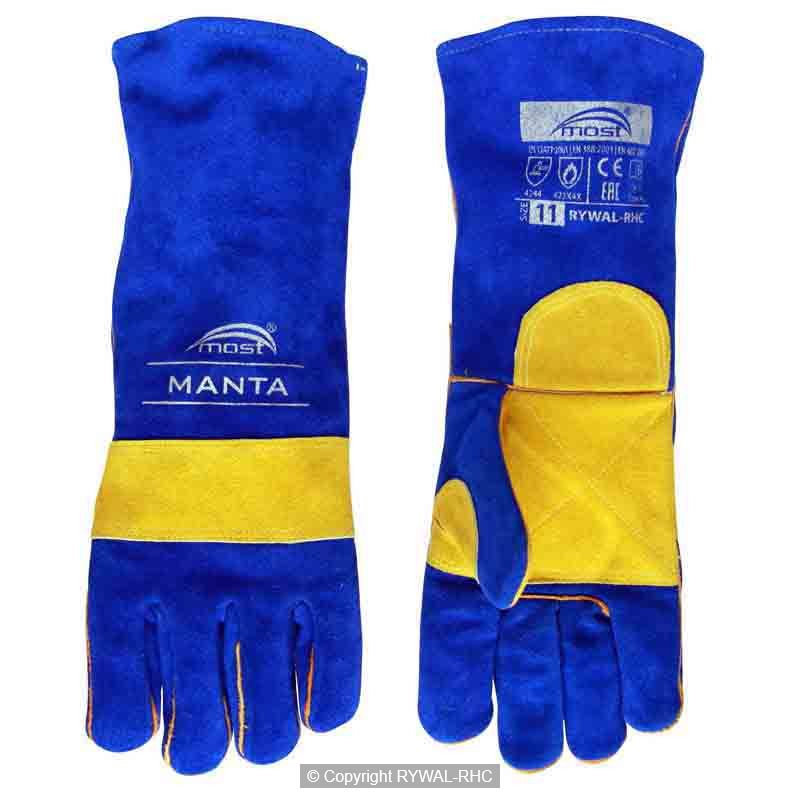 |
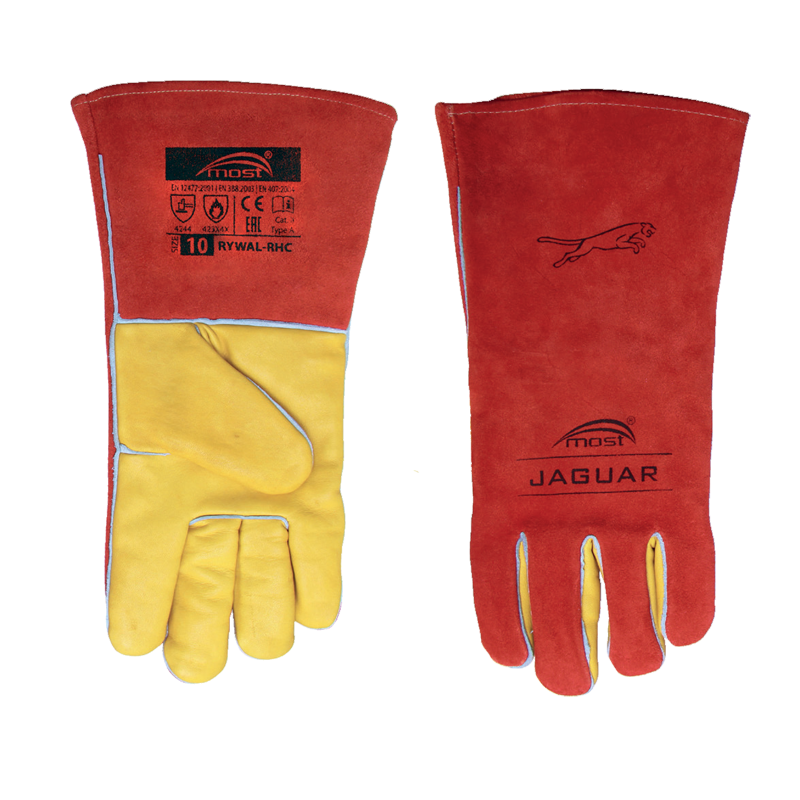 |
| MOST URAN | MOST LYNX | MOST MANTA | MOST JAGUAR |
W dn. 10-12 października 2017 r. w hotelu '' Mercure '' w Poznaniu, odbyła się 59 Krajowa Naukowo-Techniczna Konferencja Spawalnicza, pt. " Spajanie - granice i możliwości "
Organizatorami Konferencji była Sekcja Spawalnicza SIMP Oddział w Poznaniu oraz Technika Spawalnicza Poznań. Merytorycznie nadzór nad Konferencją pełnił Komitet Naukowy pod przewodnictwem prof. dr hab.inż. Jana Pilarczyka z Instytutu Spawalnictwa.
W czasie siedmiu sesji, wygłoszono 30 referatów przez pracowników wyższych uczelni technicznych, Instytutu Spawalnictwa, organizacji audytowych oraz techniczne wygłoszone przez pracowników firm zagranicznych i krajowych.
RYWAL - RHC był oficjalnym sponsorem Konferencji.
W konferencji wzięło udział 160 uczestników reprezentujących czołowe firmy z branży spawalniczej, pracownicy naukowi uczelni technicznych, organizacji branżowych.
W drugim dniu Konferencji odbył się wyjazd techniczny do VOLKSWAGEN POZNAŃ - Zakład w Białężycach k/ Wrześni, gdzie uczestnicy zwiedzili linie produkcyjne samochodów dostawczych CRAFTER - najnowocześniejszego zakładu w Europie. Wyjazd ten zrobił na uczestnikach wielkie wrażenie, ze względu na najwyższy prezentowany poziom techniczny produkcji.
Uczestnictwo w Konferencji Spółki RYWAL-RHC było bardzo aktywne :
- wygłoszony został referat "Automatyzacja procesów spawania", przez Dyrektora Produktu - Łukasza Skórę,
- w części wystawowej zaprezentowane zostały: MIcorMig 400 B/W Basic Plus LORCH; MicorTIG 200 LORCH; karty NFC; monitoring Q-Data; Pontig 200 AC/DC MOST; traktor spawalniczy COBRA MOST; druty spawalnicze ITM, IMoNiCr, AlMg5, MOST na szpulach MOST; beczka z drutem ITS MOST przyłbice Grand Vision MOST
- wykorzystanie nowości z Targów Schweissen und Schneiden w Dusseldorfie - prezentacja urządzeń i najnowszego oprogramowania prowadzona przez Dyrektora Produktu - Wojciecha Wierzbę
Podstawowymi celami zrealizowanymi były :
a) promocja urządzeń LORCH
b) promocja marki MOST
c) automatyzacja procesów spawalniczych MOST
d) promocja najnowszego KATALOGU RYWAL-RHC 2017
Kompleksowe uczestnictwo w Konferencji pokazało wielki potencjał i możliwości Grupy RYWAL-RHC w konkurencji z innymi firmami działającymi na naszym rynku.











